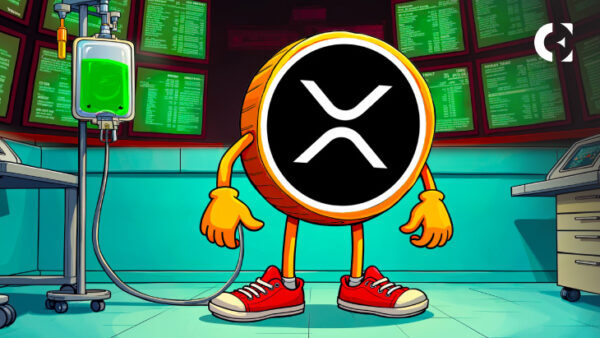- Western Union tested Ripple’s XRP for years but found performance lacking.
- The firm will launch its USDPT stablecoin with Anchorage Digital on Solana.
- Solana’s speed, low fees, and reliability made it the top choice for the company.
Western Union has officially chosen Solana to launch its new stablecoin, marking a shift in the payments industry and a surprising move for those who remember the company’s long history with Ripple’s XRP.
A Decade of Testing XRP
Western Union began experimenting with Ripple’s technology back in 2015. The goal was to explore faster and cheaper international transfers. By 2018, the company ran several pilots using XRP for cross-border settlements, but the results were underwhelming.
At the time, Western Union allegedly said XRP did not outperform its existing systems in terms of speed or cost. Transaction fees were higher than expected, and the overall performance failed to deliver the kind of efficiency gains they were looking for. So, the company quietly stepped back from the partnership.
Related: XRP Tests $2.82 Today as Whales Trim 140 Million, Breakout Path Forms Above $3.10
The Solana Decision
Now, years later, Western Union is entering the blockchain era again — this time with a different approach. The company has announced plans to launch a U.S. dollar–pegged stablecoin called USDPT in partnership with Anchorage Digital.
The stablecoin will run on the Solana blockchain, known for its low-cost, high-speed transactions and scalability. According to Western Union CEO Devin McGranom, the choice was based on technical merit.
He said the team evaluated several blockchains before deciding on Solana, focusing on speed, reliability, and institutional readiness. “For an institutional use case like ours, Solana was the right choice,” he said at a conference.
Moving $100 Billion on-Chain
Western Union currently processes over $100 billion in cross-border transactions each year. By launching its own stablecoin, the company aims to modernize remittances while keeping full control of its payment rails.
Competitors like PayPal and MoneyGram have already integrated blockchain-based payment solutions. Western Union’s decision also shows that no one in the remittance space wants to be left behind.
Why Not XRP?
Observers and experts have pointed out that the decision to bypass XRP may not be purely technical. Some believe Western Union’s business model played a role.
If the company used XRP’s open payment rails, it could lose a portion of its revenue from transaction fees, since XRP transactions are nearly instant and cost fractions of a cent. By issuing its own stablecoin, Western Union retains control over the flow of funds and can still charge clients fees for using its network.
As one commentator put it, “They picked Solana because it lets them build their own rails. Using XRP would have made them just another player in the Ripple ecosystem.”
Related: Ripple vs. Bitcoin Debate Rekindles as Viral Post Questions Leadership Conviction
Disclaimer: The information presented in this article is for informational and educational purposes only. The article does not constitute financial advice or advice of any kind. Coin Edition is not responsible for any losses incurred as a result of the utilization of content, products, or services mentioned. Readers are advised to exercise caution before taking any action related to the company.







